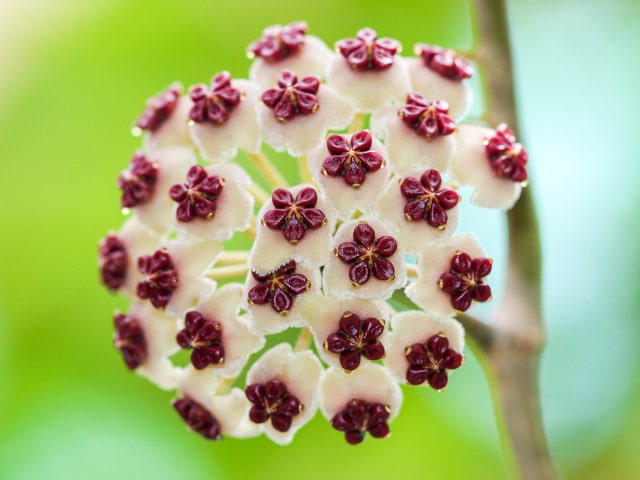
Hoya kerrii, also known as the Sweetheart Plant, is one of the best houseplants you can grow in your home. It is becoming more and more popular these days, so you might want to grow it in your home. Unfortunately, there is not much information on this plant compared to some others, so many gardeners struggle to provide the best care for it.
A good thing about Hoya kerrii is that it is really easy to propagate. It makes it easy and cheap to grow and sell. Its popularity also comes from its unusual heart-shaped leaves, which make a very attractive sight.
The problem is that, due to its popularity, many of Hoya kerrii plants are sold with a single small leaf in a tiny pot. Since this plant doesn't grow quickly, it could be tedious for some people to care for it, especially if they are not prepared.
However, Hoya kerrii is an excellent houseplant that can make any room more attractive. It is very easy to look after, so it is ideal for beginner gardeners who wish to try houseplants for the first time.
It is even possible to grow a strong, healthy plant from a single leaf that is commonly sold in stores. You just need some patience and time. However, it is best if you start with a more mature plant that already has several leaves on. Once it is grown, Hoya plants will produce many of those gorgeous leaves.
This plant is also known for its stunning flowers. However, keep in mind that only older plants flower, or flower fully. Blooms typically appear during the summer, and the small flowers form a star-shaped pattern on the plant. They contrast in colors so they are an eye-catching display. The flowers emanate delicate but strong scent, which adds to the effect.
If you wish to grow Hoya in the home, it is best to choose the all-green variety, because it grows more quickly than the others, albeit still slower than the average houseplant. It is also hardier. However, Hoya also comes in an attractive variegated variety.
Hoya Kerrii Plant Care
It is not difficult to care for a Hoya plant. However, there are certain conditions that you need to give to your plant:
Light
Hoya plants require bright rooms to grow. However, it doesn't mean that being in a bit of a shape would kill it. Such a plant would still survive, but the growth will be stunted. On the other hand, make sure never to place your Hoya on a really dark place. At the other end of the spectrum, spaces with direct sunlight are acceptable. For the most part, Hoya can survive anywhere in the home or even in an office.
Temperature
Hoya plant will thrive in room temperatures. Aim for the range between 65 and 80 temperatures F (18 to 27 degrees Celsius). This is an optimal growing temperature. Keep in mind that your Hoya plant will slow or stop growing if temperatures go below that.
Humidity
Hoya plants have succulent-like leaves. They are not particularly picky about humidity levels. Any regular room humidity should be appropriate for this plant.
Water
Hoya has strong succulent qualities, and it is adapted to storing water for longer periods of time. It means that it can survive between waterings without a problem. This is one of the reasons that make this plant hardy and not particularly demanding. However, you should still provide some basic care to your plant to make it happy, but it is not easy to go wrong with the watering.
To water properly, wait until the soil has dried out before you water your plant again. Even though your plant will probably survive, do not go long periods between waterings. On the other hand, make sure not to overwater your Hoya. The soil should never be boggy or saturated, since this can lead to rotting. You need to be particularly careful if the container has no drainage holes.
Fertilizer
If your Hoya plant is small and has only one leaf, make sure to use only little fertilizer. You should apply fertilizer twice per year at most. On the other hand, if you have an older, bigger Hoya plant, you can feed it a bit more. However, even with mature plants with plenty of leaves, there is no reason to give fertilizer more than four times per year.
Repotting
In order to repot Hoya plants successfully, you need to follow specific rules on when and how to repot:
- Do not repot your plants with only one leaf until there is new growth.
- Young plants with a few leaves should be repotted every couple of years. When repotting such a plant, move it into only a slightly bigger container each time.
- Mature plants that have many leaves should be repotted every couple of years. When repotting, move your plant to only a slightly bigger container.
Propagation
Propagating Hoya plants is very easy. The only problem is that it can take several months or longer for a new plant to show signs of new growth.
In general, propagation is not the best way to go if you wish to have a mature and lush plant, since it takes so much time for new plants to grow after propagation.
Speed of Growth
Keep in mind that Hoya plants are generally slow to grow. This can be frustrating for new gardeners, but keep in mind that it is normal for this plant. Hoya is particularly slow to grow when it is still young. Once it matures and develops many leaves and a strong root system, you should notice a more vigorous growth. The vines will shoot out quickly.
However, if your Hoya only comes in a single leaf with no stem, then there is a possibility that it will not grow beyond that. Leaves that grow by themselves only have a small chance to produce new shoots, and only after a few years. On the other hand, this doesn't mean that your plant is not surviving.
The most common form of Hoya found in homes is the miniature plant, but if it does grow and develops new shoots, it will go over its surroundings to cover a larger space. Once matured, which happens after a year or two, the plant will start producing vines from deep within.
These mature vines are grey and will look and feel woody. The vines stiffen and thicken quickly, so it is not really possible to train your Hoya plant to grow in a specific manner or to bend. Keep this in mind when it comes to mature plants with vines.
However, it is possible to train vines over a small pot trellis. The catch is to do so in the short span of time when they are still growing and soft. This is the best way to train your Hoya plant to grow in a way you desire.
Neglect and Care Problems
Hoya plants are hardy, so they can withstand a lot. But what if your Hoya plant is neglected or if it develops problems? Luckily, many of those can be fixed with just a bit of care. Here are the most common problems you can encounter with Hoya plants and how to fix them:
Leaves Rotting
This is a common problem caused by overwatering or too humid conditions that last for a long period of time. Rotting can also be caused by the exposure to frost or cold temperatures. If this happens, make sure to fix the initial problem by adding water, or moving your Hoya to a warmer and less humid room.
Leaves Shriveling
This is a common sign of underwatering. However, if you know you have been watering correctly, make sure to take a look at the roots. It could be possible that you had overwatered in the past. This can cause root rot.
No Growth
Keep in mind that Hoya plants grow slowly, so you might not be noticing. It is also possible for a single-leaf plant never to grow beyond that.
Plant Not Flowering
In order to have your Hoya bloom, it has to be mature. It means it has to be at least a few years old. Single-leaf plants or those that are grown in poor conditions will not flower. Instead, provide optimal growing conditions to strengthen your plant and to make it flower.
Leaf Variegation Disappearing
It is not unusual for variegated Hoya plants to produce new vines with completely green leaves. This happens to many types of plants, because those leaves may be more efficient for the plant when it comes to photosynthesis. Variegated leaves may look beautiful to us, but the all-green ones are more effective. Because of this reason, you should welcome the all-green leaves on your Hoya plant.
Photo credit: _j_a_d_s_
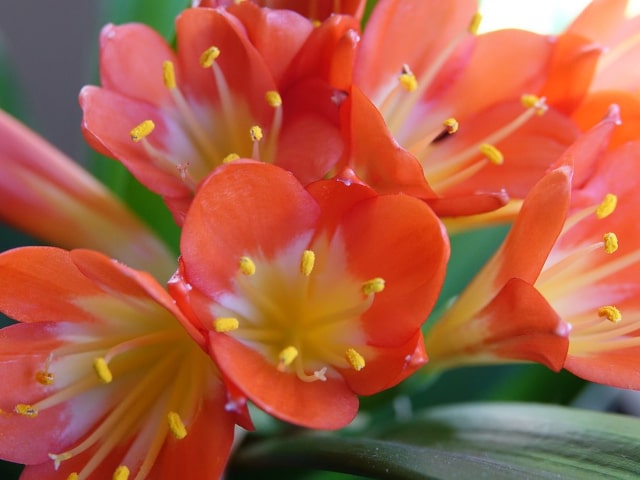
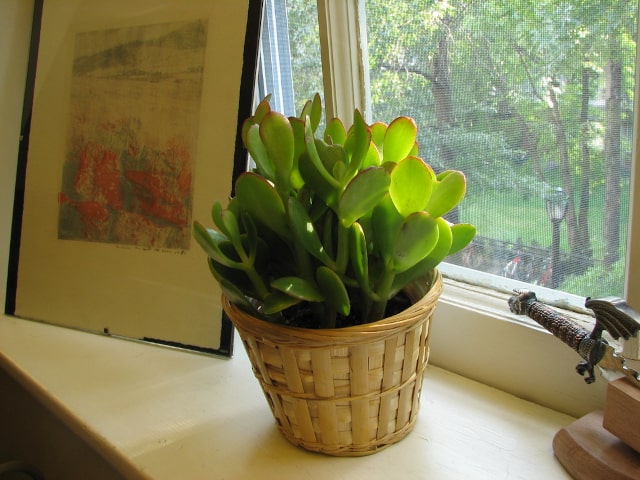
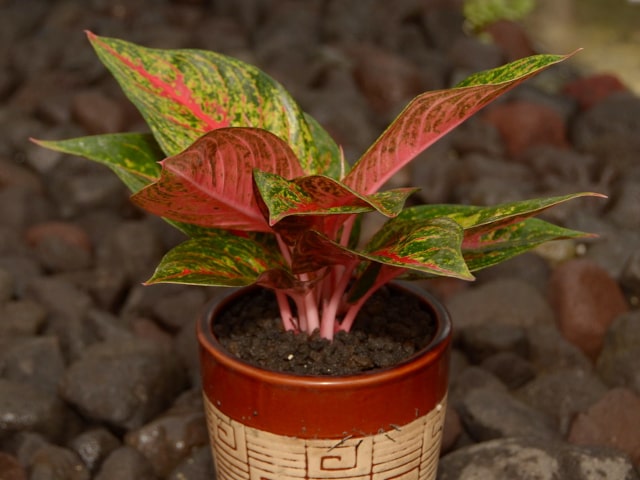
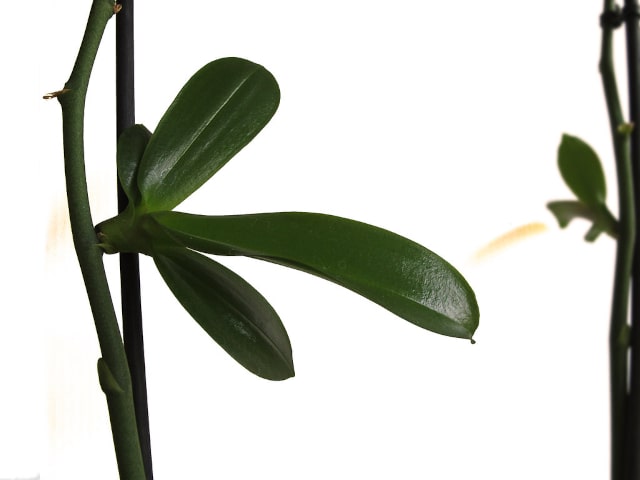
0 Comments